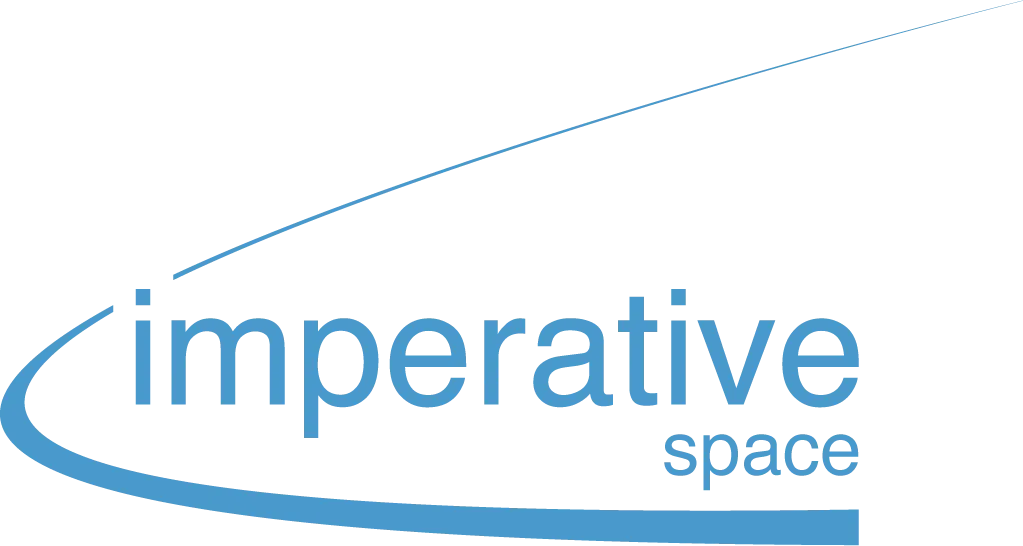Earth Observation from Space: The Atmosphere
Course Description
In this course we will introduce you to the role of satellite ‘Earth observation’ (EO) technology in monitoring the Earth's Atmosphere and the data it produces. We will also look at the importance of in situ data on the ground or in the air, which complements as well as validates EO data.
The first week will guide learners through the basic concepts of how satellites acquire data about the atmosphere and provide an introduction to Atmospheric science, the second week covers atmopsheric chemistry, greenhouse gases and ozone, the third week looks at air quality, health and policy, and the forth week explores atmopsheric dynamics and long-range pollution transport.
An additional Week focusing on the impacts on the atmosphere of COVID-19 lockdown measures, is also included in this course.
Who is this course for?
This course is designed for people who want to learn more about monitoring the Earth's atmosphere from space, climate change and EO in general. The course can also help decision-makers, policy-makers, educators and communicators to gain a better insight into how satellite data can help them assess the changes occurring in the atmosphere and climate, in order to better support atmospheric science, and climate adaptation and mitigation decisions.
Some of the content in this course was first produced in 2020, but the course has been further updated with additional topics and insights, including Week 5 which examines research conducted during the COVID-19 pandemic regarding the impact of lockdown measures on atmospheric composition.
Course topics
The core videos of this course are labelled as topic videos.
We have also provided a range of optional further reading, links, and additional resources to help consolidate your learning. Here is a summary of what is available:
Topic links and resources
In each topic, once you have watched the video and read the accompanying text, you will find the following information:
- Optional Further Reading: These are external links to further reading.
- Featured Images and animations: Below the text on each video page, you’ll find the featured images and featured animations.
- Interactives: On the 'Interactives' tab on relevant topic pages, you will find a satellite tracking application showing the current location of the satellites (all of these satellites are still in orbit, but ERS-1, ERS-2 and ENVISAT were decommissioned in 2000, 2011 and 2012, respectively), and also interactive data viewers from ESA and EUMETSAT.
Quizzes
- Quizzes: For each topic there is a quiz consisting of around three questions. These will help you consolidate your understanding of new topics, but are not scored. The feedback given with each answer also will also provide you with important information.
Weekly interactive exercises
At the end of each week, we have included a guided exercise, using interactive apps available on other websites, to help you become more familiar with looking at and working with EO datasets. You will be guided through the process of searching for, comparing and drawing conclusions from data relevant to some of the topics covered in that week.
You may like...
A look at the future technology and innovations in Earth Observation, including AI, deep learning, 3D visualisation.
3 Modules
This 'MOOC' looks at the benefits of Earth Observation for International Development Assistance.
3 sections
Explore the Cryosphere from Space in this free MOOC from ESA.
4 weeks







